The 101st Airborne Division is a highly skilled and respected American military unit known as the Screaming Eagles. It is a U.S. Army modular light infantry division specifically trained for air assault operations, characterized by their rapid deployment, powerful strikes, and quick disengagement tactics.
Introduction
The 101st Airborne Division has a distinguished past as an elite Airborne unit but has not officially been designated as an “Airborne” division since the Korean War. However, this should not be misleading, as it remains one of the most formidable divisions in the U.S. Army today, with a specific role to play. In places such as Afghanistan and other rugged terrains, the 101st’s expertise is crucial as it allows them to navigate such environments more effectively than traditional Infantry Divisions.
History
The 101st Airborne Division has a rich history of service. It is particularly renowned for its roles in World War II, such as Operation Overlord, the D-Day landings in Normandy, France, Operation Market Garden, the liberation of the Netherlands, and the Battle of the Bulge around the city of Bastogne, Belgium.
Additionally, during the Vietnam War, the 101st Airborne Division played a prominent role in several major campaigns and battles, including the fight for Hamburger Hill in May 1969. The unit has consistently displayed the epitome of military professionalism since its activation on August 15, 1942, and upon taking command, the first commander, Maj. Gen. William C. Lee stated that the 101st has no history but has a “Rendezvous with destiny.”
World War I
The 101st Airborne Division, also known as the Screaming Eagles, has lived up to its prophecy as a force to be reckoned with. During World War II, the division led the way on D-Day, with a night drop before the invasion, and when surrounded at Bastogne, the unit’s commander, Brig. Gen. Anthony McAuliffe responded with “NUTS!” The Screaming Eagles fought until the siege was lifted.
For their valor and heroic actions during World War II, the 101st Airborne Division was awarded four campaign streamers and two Presidential Unit Citations. The General Order Number Five that activated the division reads in part: “The 101st Airborne Division, activated at Camp Claiborne, Louisiana, has no history, but it has a rendezvous with destiny. Like the early American pioneers whose invincible courage was the foundation stone of this nation, we have broken with the past and its traditions to establish our claim to the future.
Due to the nature of our armament and the tactics in which we shall perfect ourselves, we shall be called upon to carry out operations of far-reaching military importance. We shall habitually go into action when the need is immediate and extreme.
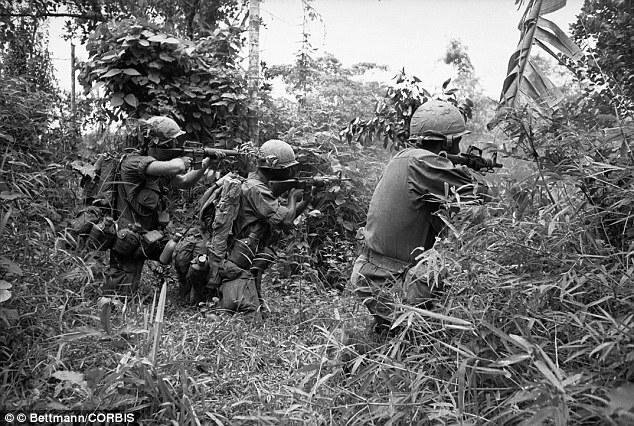
The history we shall make, the record of high achievement we hope to write in the annals of the American Army and the American people, depends wholly and entirely on the men of this division. Therefore, each individual, officer, and enlisted man must regard himself as a necessary part of a complex and powerful instrument to overcome the nation’s enemies.
In his job, each must realize that he is not only a means but an indispensable means for obtaining the goal of victory. It is, therefore, not too much to say that the future itself, in whose molding we expect to have our share, is in the hands of the soldiers of the 101st Airborne Division.”
Reactivation after World War II
The 101st Airborne Division has undergone several reactivations throughout its history. After its deactivation following World War II, it was reactivated as a training unit at Camp Breckinridge, Kentucky, in 1948 and again in 1950. It was reactivated again in 1954 at Fort Jackson, South Carolina. In March 1956, the division was transferred to Fort Campbell, Kentucky, with reduced personnel and equipment to be reorganized as a combat division.
Military engagement during the years
Throughout its history, the 101st Airborne Division has seen several deployments and changes in structure. In the mid-1960s, the 1st Brigade and support troops were deployed to the Republic of Vietnam, followed by the rest of the division in late 1967. The division spent almost seven years in Vietnam, participating in 15 campaigns and earning additional accolades to its proud history.
In 1968, the 101st adopted the structure and equipment of an airmobile division. It remains the only air assault division in the U.S. Army and the world, known for its unparalleled strategic and tactical mobility.
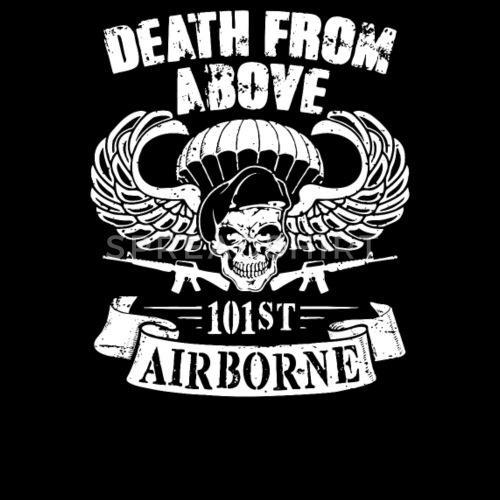
In January 1991, the 101st again had a “Rendezvous with Destiny” in Iraq during the most profound combat air assault into enemy territory in the world’s history. Miraculously, the 101st sustained no soldiers killed in action during the 100-hour war and captured thousands of enemy prisoners of war. The division has also supported humanitarian relief efforts in Rwanda and Somalia and supplied peacekeepers to Haiti and Bosnia.
Its unique battlefield mobility and high level of training have kept it in the vanguard of U.S. land combat forces in recent conflicts. The 101st Airborne has been performing foreign internal defense and counterterrorism operations within Iraq and Afghanistan.
101st Airborne in modern warfare
Airborne has evolved, originally referring to glider-delivered infantry and parachute troops. For example, the original 82nd Airborne Division consisted of two regiments of glider troops and one regiment of parachute troops. Today, with the advancement of technology, helicopters have replaced gliders as the primary means of delivering troops and equipment to the battlefield. Although there have been very few parachute drops in recent years, numerous operations have involved helicopter insertions.

The 101st Airborne Division (Air Assault) at Fort Campbell, Kentucky, is designed to provide forcible entry capability through heliborne ‘air assault’ operations. It can insert a 4,000-soldier combined-arms task force 150 kilometers or about 100 miles into enemy territory in a single lift and possesses 281 helicopters, including three battalions of Apache attack helicopters.
The division is considered one of the most versatile in the Army and is often in high demand by combatant commanders. The 82nd Airborne Division, stationed at Fort Bragg, North Carolina, is the only one that is still 100% “airborne” in that it is composed of qualified airborne personnel (paratroopers).
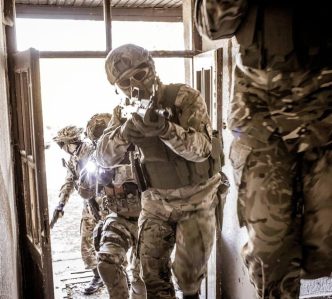

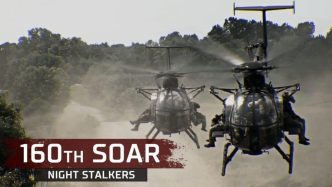
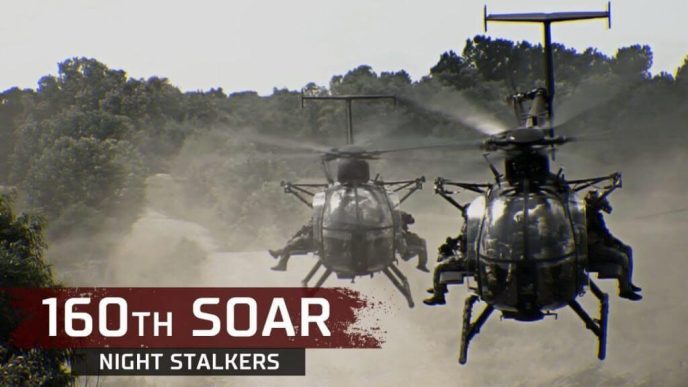
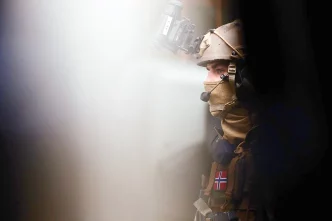
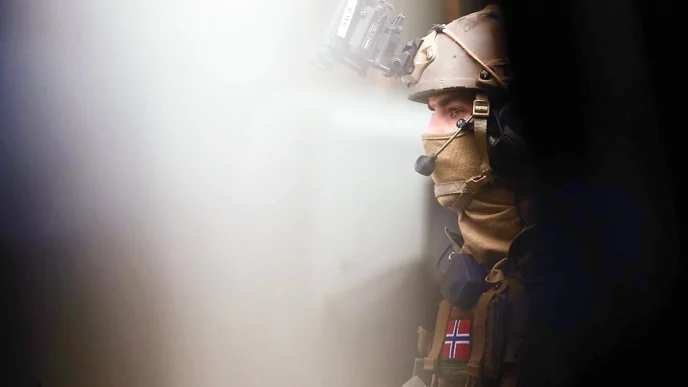
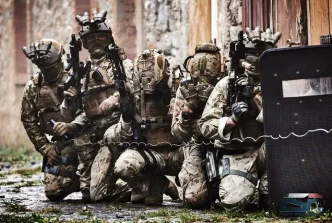
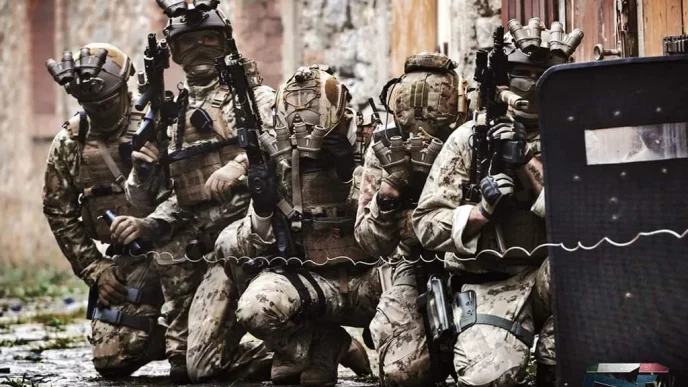
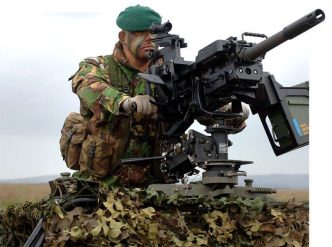
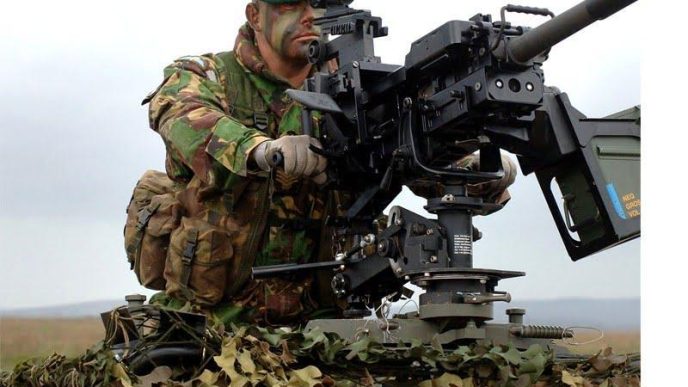
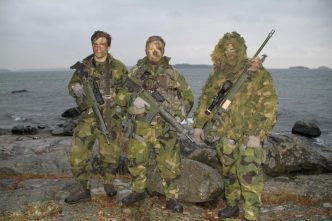

Comments are closed.